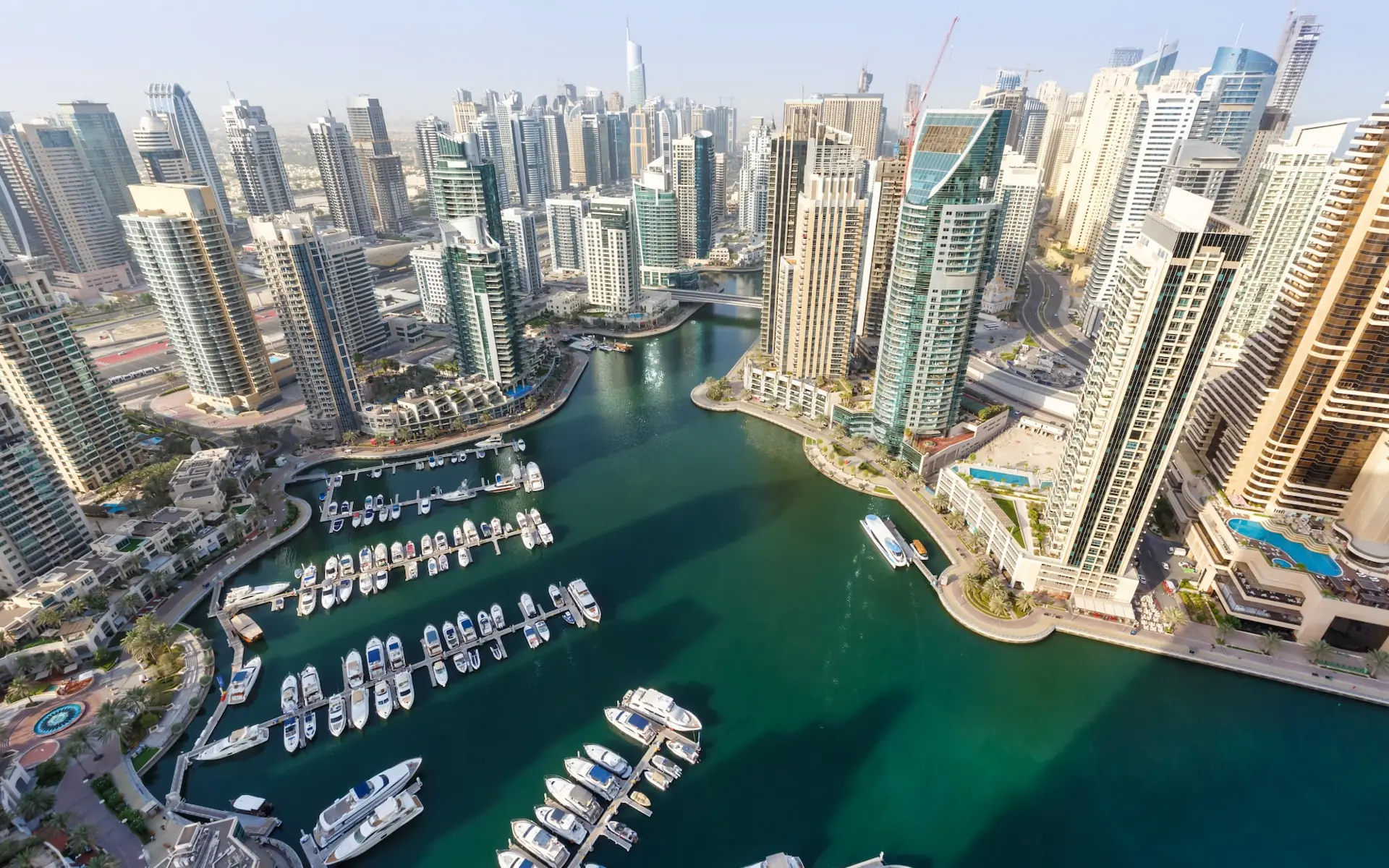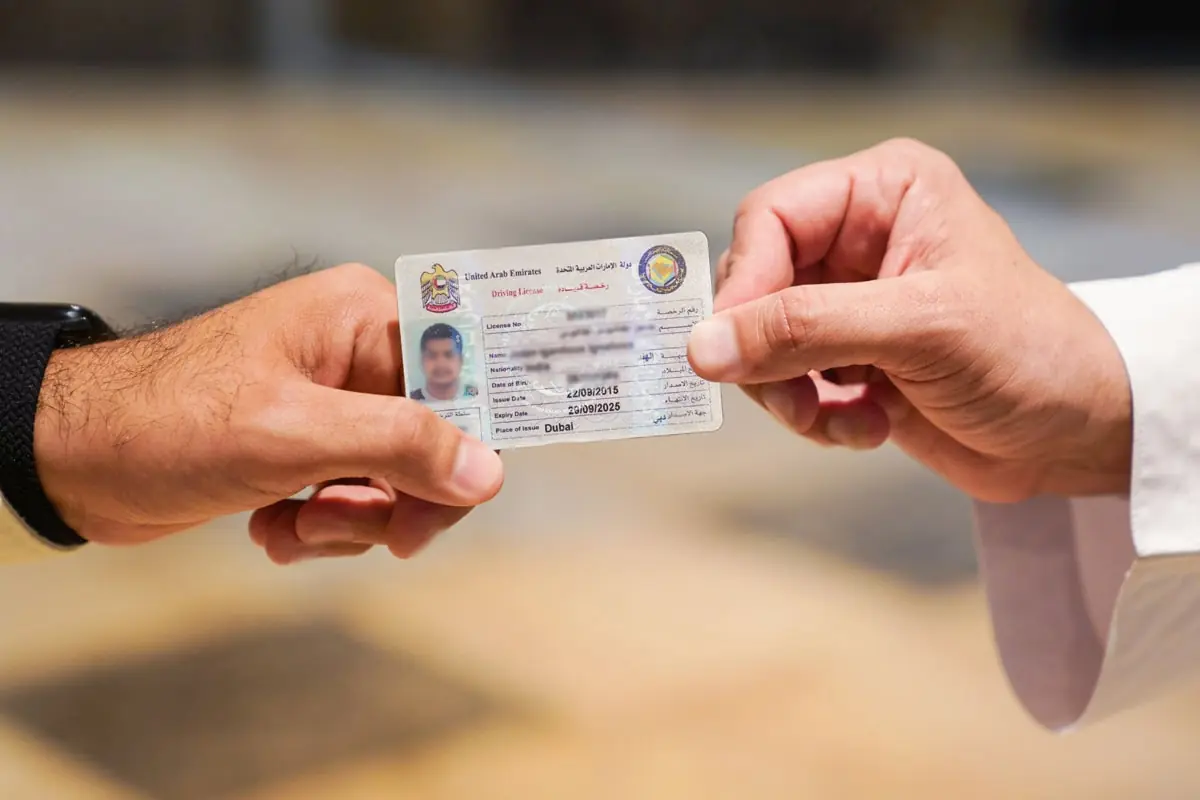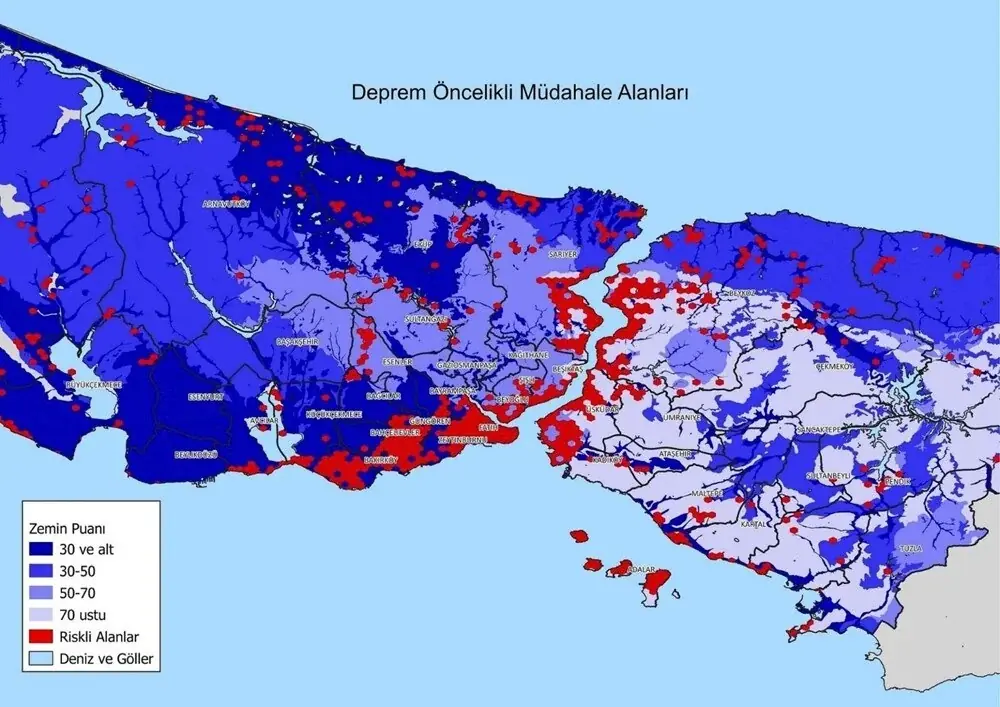Hagia Sophia Mosque, Istanbul
Many of those who are planning a tourist trip to Turkey, especially Istanbul, have the facade of the Hagia Sophia Mosque in mind as a famous image of this city, and many consider Hagia Sophia to be the symbol of Turkey. The Hagia Sophia Mosque, which is located in the Sultanahmet area of Istanbul, with its tall domes and minarets, is one of the most important sights in Istanbul and attracts tourists all year round.
Where is Hagia Sophia Mosque?
The Hagia Sophia Mosque is located in the European part of Istanbul, in Hagia Sophia Square, and is located in a busy and touristic neighborhood, near hotels, shopping centers and tourist attractions of the city (view on map). Sultan Ahmed Mosque is one of the most famous neighbors of Hagia Sophia. Also, Topkapi Palace, the first palace of Ottoman kings in Türkiye, is a short distance from Hagia Sophia. You can use the following ways to access the Hagia Sophia Mosque:
- The closest tram station to Hagia Sophia is Sultan Ahmed station, which you can go to using the T1 line (Bagjilar-Kabatash).
- From Taksim, take the cable train to Kabatash and from there take a tram to Sultan Ahmed Station.
- If you are staying in Sultanahmet, you can easily reach Hagia Sophia by walking.
History of Hagia Sophia Mosque
From Rome to Byzantium
Dioclesin divided the vast territory of the Roman Empire into two eastern and western parts between himself and his equal commanders and practically caused the collapse of the powerful Roman Empire unknowingly. After that, Constantine rebuilt the ancient city of Byzantium and named it Constantinople. This city was surprisingly effective in the fate of the city of Rome, the center of the empire, and with the weakening of the power of the Roman Empire, the Roman country was divided into two eastern and western parts. In this way, the Eastern Roman Empire (Byzantium) was formed. The rulership of Byzantium fell into the hands of Emperor Arcadius, who made the city of Byzantium (modern Istanbul) with its old name as his capital.
Byzantium was an important port city. This city had a special commercial importance due to its location in the region that was the shortest route from the west to the east and had an impressive civilization. Its inhabitants have had enduring traditions; So that they could hardly accept the domination of others. For example, one of the supporters of Sparta, who was imposed on this city in 405 BC, was expelled from the city after 16 years of resistance.
Byzantium was a city with special economic, political and cultural characteristics that provided the necessary tools to get acquainted with the culture and cultural and social values of the neighboring lands. In this way, Byzantium offered the world works of art that, in addition to having global importance, were inspired by local and regional traditions and cultures. As a government center as large as the Roman Empire, this city had access to the civilizations of Rome and Greece in the west, Babylon, Elam, Urartu, Hittite and Iran from the east, and for this reason many researchers believe that the art and architecture of Byzantium is not influenced by the art and architecture of the East. There is no land. Byzantine art is an art that is the manifestation of the Christian world. In the art of this era, like other artistic styles, the effects of the expression methods of the past ages continue.
From Hagia Sophia Church to Hagia Sophia Museum
Hagia Sophia, also known as Hagia Sophia or Hagia Sophia (Turkish: Ayasofya/Greek: Ἁγία Σοφία), was considered one of the churches of Eastern Christianity. This church was built during the Byzantine Empire in 532 AD, according to the order of Emperor Constantine I, and in the 6th century AD, it was rebuilt and restored by Justinianus. To rebuild the building, two architects named Isidoros (from Miletus or current Sokli) and Antius (from Tralles or current Idenli) were commissioned. The building was completed with the work of 10,000 workers over five years under the supervision of 100 professors and was inaugurated on 27 Aralik 537.
This church was originally called the Great Church. After the conquest of Istanbul, Muhammad II ordered to convert Hagia Sophia into a mosque. Suleiman the First ordered to cover the paintings inside Hagia Sophia so that Friday prayers could be said there. Selim II ordered the architect Senan to restore Hagia Sophia. At the time of Murad III, minaret, pulpit and altar were added to Hagia Sophia building.
During the time of Murad IV, verses from the Quran were written in Mustafa Chalabi’s handwriting on the walls and ceiling of Hagia Sophia. In addition, plaques were installed around the ceiling of Hagia Sophia, on which the names of Allah, Muhammad, Abu Bakr, Omar, Osman, Ali, Hassan and Hussein were written. During the reign of Abdul Majid, these tablets were replaced by circular tablets written in Ibrahim Effendi’s script. After the declaration of the republican government in Turkey and Atatürk’s rise to power, Hagia Sophia was turned into a museum and has remained so until today.
Architecture of Hagia Sophia Mosque
The art of architecture in Eastern Rome (Byzantium) until the 6th century AD was influenced by early Christianity. This art was created in the 6th century AD with the beginning of the rule of Justinianus. He was Constantine’s peer in art education, and the works supported and encouraged by him were all of royal splendor to the extent that his reign has been called the “first golden age” of the art of the Eastern Roman Empire.
Some of the prominent features of Byzantine architecture (300-1000 AD) include the following:
- Greek cross pattern with brick walls patterned in the form of screws, lattice or seven and eight
- The big dome on the suspended semi-domes
- Simple exterior
- row columns
- Sculpted basket-shaped capitals
- Corridors covered with colored marble and slatted mosaics on the upper floor
Hagia Sophia is considered the most important surviving building from the time of Justinian in Istanbul, and its name is taken from the original Greek title, “Hagia Sophia”, which means the Church of Holy Wisdom. In the architecture of the Hagia Sophia mosque, arches and columns are beautifully coordinated. Four big and magnificent pillars, four arches of the Hagia Sophia mosque in Istanbul are holding up and the big dome of Hagia Sophia is placed on these pillars. There are 40 windows next to each other in the stem of the dome of the mosque, through which the sunlight shines into the Hagia Sophia. The depth of the dome is 18 meters, and its height from the ground is 56 meters, and its diameter is 33 meters with two half domes. The length of the mosque in the longest part is 82 meters and the width is 73 meters.
Information about visiting Hagia Sophia Mosque
When visiting Hagia Sophia, consider the following:
- The visit to Hagia Sophia Mosque is free.
- You can visit Hagia Sophia mosque every day and 24 hours a day.
- The best time to visit is from Saturday to Thursday, from 9 to 12.
- When performing daily prayers, observe silence.
- During Friday prayers, it is not possible for visitors to access some parts of the mosque.
- It is possible to enter the mosque without shoes and observe Islamic dress.








